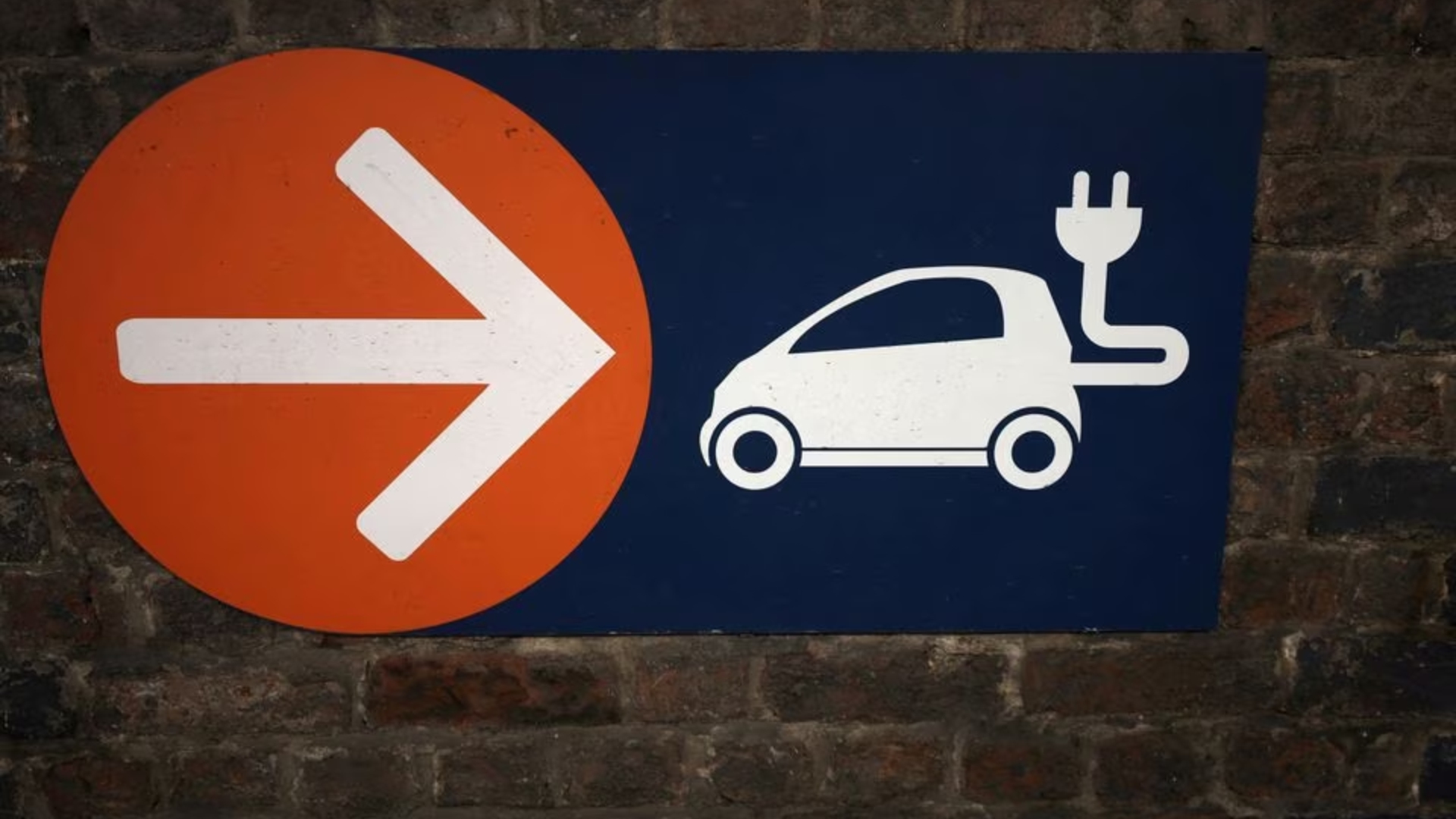BRUSSELS, Sept 25 (Reuters) – European Union ministers agreed on Monday to dilute a European Commission proposal on new vehicle commissions after eight states, including France and Italy said the changes could divert investment from the electric vehicle industry.
The European Union has progressively tightened road vehicle emission limits since 1992. The Commission’s latest proposed rules, called “Euro 7”, were designed to introduce new standards on particle emissions from brakes and tyres.
France, Italy and the Czech Republic pushed for weaker rules, citing concerns the proposed limits on pollutants, such as nitrous oxides from combustion engines would divert development work and investment away from electric vehicle (EV) cars.
Spain, which holds the rotating presidency of the European Union, presented a compromise text agreed by the Council of the European Union, the grouping of EU ministers.
The Council, the European Parliament and the European Commission must now negotiate a final agreement on the new regulations.
“We believe that, with this proposal, we achieved broad support, a balance in the investment costs of the manufacturing brands and we improve the environmental benefits derived from this regulation,” Spain’s Héctor Gómez Hernández, acting minister for industry, trade and tourism, said.
The EU countries agreed not to change the existing “Euro 6” test conditions and emissions limits for cars and vans, although they will be lower for buses and heavy vehicles. They also accepted new particle emissions limits for brakes and tyres.
Italian Industry Minister Adolfo Urso welcomed the agreement.
“The new regulation, at Italian request, makes it possible to safeguard the automotive supply chain of small-volume manufacturers, the high range typical of Italian production such as Ferrari, Lamborghini, Maserati, symbols of ‘Made in Italy’ that produce around 50,000 cars a year,” he said.
Representing the Italian automotive industry ANFIA lobby group President Roberto Vavassori also praised what he said was a “pragmatic and rational approach”.
Reporting by Sudip Kar-Gupta; Additional reporting by Alvise Armellini and Giulio Piovaccari; Editing by Philip Blenkinsop, Hugh Lawson and Barbara Lewis











